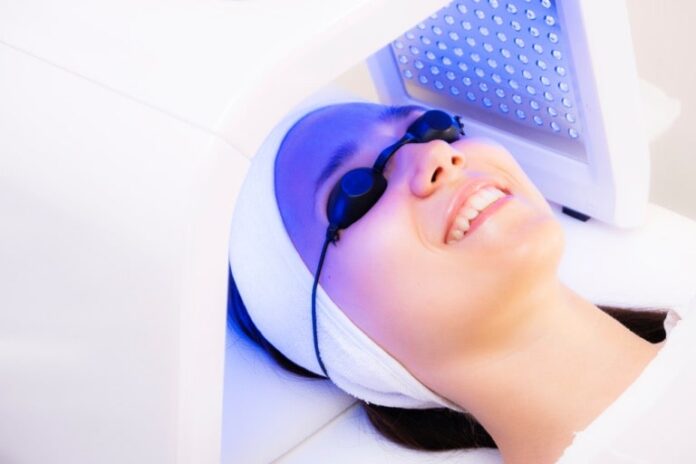Phototherapy, or light therapy, is an innovative treatment that uses different wavelengths of light to address various health concerns, from skin conditions to mood disorders. This therapy can be used both at home and in clinical settings, offering a non-invasive way to improve mental and physical health.
The benefits of phototherapy range from alleviating symptoms of seasonal affective disorder (SAD) to reducing the appearance of wrinkles and scars. As more people seek natural and effective treatments, phototherapy is becoming an increasingly popular option.
Different Light and Its Effects
Light therapy works by exposing the skin or eyes to specific wavelengths of light that have varying effects on the body. For example, red light therapy is one of the most common types, known for its ability to reduce inflammation and promote healing.
It penetrates deep into the skin, stimulating collagen production and enhancing cellular regeneration. This makes it particularly effective for treating skin issues, such as acne, scars, and signs of aging. In addition to skin health, it has been used to reduce muscle soreness, accelerate wound healing, and improve joint pain.
Other types of light therapy include blue light, which is often used to treat acne by targeting the bacteria that cause breakouts, and ultraviolet (UV) light, which is effective for treating conditions like psoriasis and eczema. UV light works by slowing down the overactive skin cells associated with these conditions, helping to reduce flare-ups and promote healing.
White light therapy, commonly used for mood disorders, mimics the natural sunlight that people may lack during the winter months, helping to regulate circadian rhythms and improve sleep patterns. Each type of light has its unique benefits and uses, making it important to choose the right therapy based on your specific needs.
The key to successful phototherapy is choosing the correct wavelength of light for the issue you want to treat. Whether you’re using it to enhance your skin’s appearance, alleviate mental health symptoms, or speed up physical recovery, understanding how different light types affect your body is essential.
Many people turn to this kind of phototherapy for its broad range of benefits, but other types of light may be better suited for treating specific conditions. If you’re considering phototherapy, consulting a healthcare professional or dermatologist can help you make an informed decision about which light treatment is right for you.
Benefits of Phototherapy
Phototherapy offers numerous benefits depending on the type of light used. Red light is especially effective for improving skin texture, reducing fine lines, and promoting hair growth in individuals with thinning hair. It also helps with muscle recovery and can reduce the severity of chronic pain conditions like arthritis.
On the mental health side, light therapy can improve mood, help regulate sleep cycles, and alleviate symptoms of depression, particularly in those suffering from SAD. In addition, phototherapy can be a safe and effective option for people who prefer non-pharmaceutical treatments.
Safety and Considerations
While phototherapy is generally safe, it is essential to use the treatment according to recommended guidelines. Overuse or improper application of light therapy can lead to skin irritation or eye strain, especially with devices that emit bright light.
Protective eyewear is often recommended to shield the eyes from intense light exposure. It’s also important to note that phototherapy may not be suitable for everyone. People with certain medical conditions or those who are photosensitive should consult with a healthcare provider before beginning treatment.
Conclusion
Phototherapy is a versatile and effective option for a range of health concerns. With its ability to improve both physical and mental well-being, it’s no wonder that more individuals are exploring the benefits of light therapy as a part of their wellness routine. As technology continues to advance, new treatments and devices are making phototherapy more accessible than ever, providing users with a safe, natural way to enhance their health.
